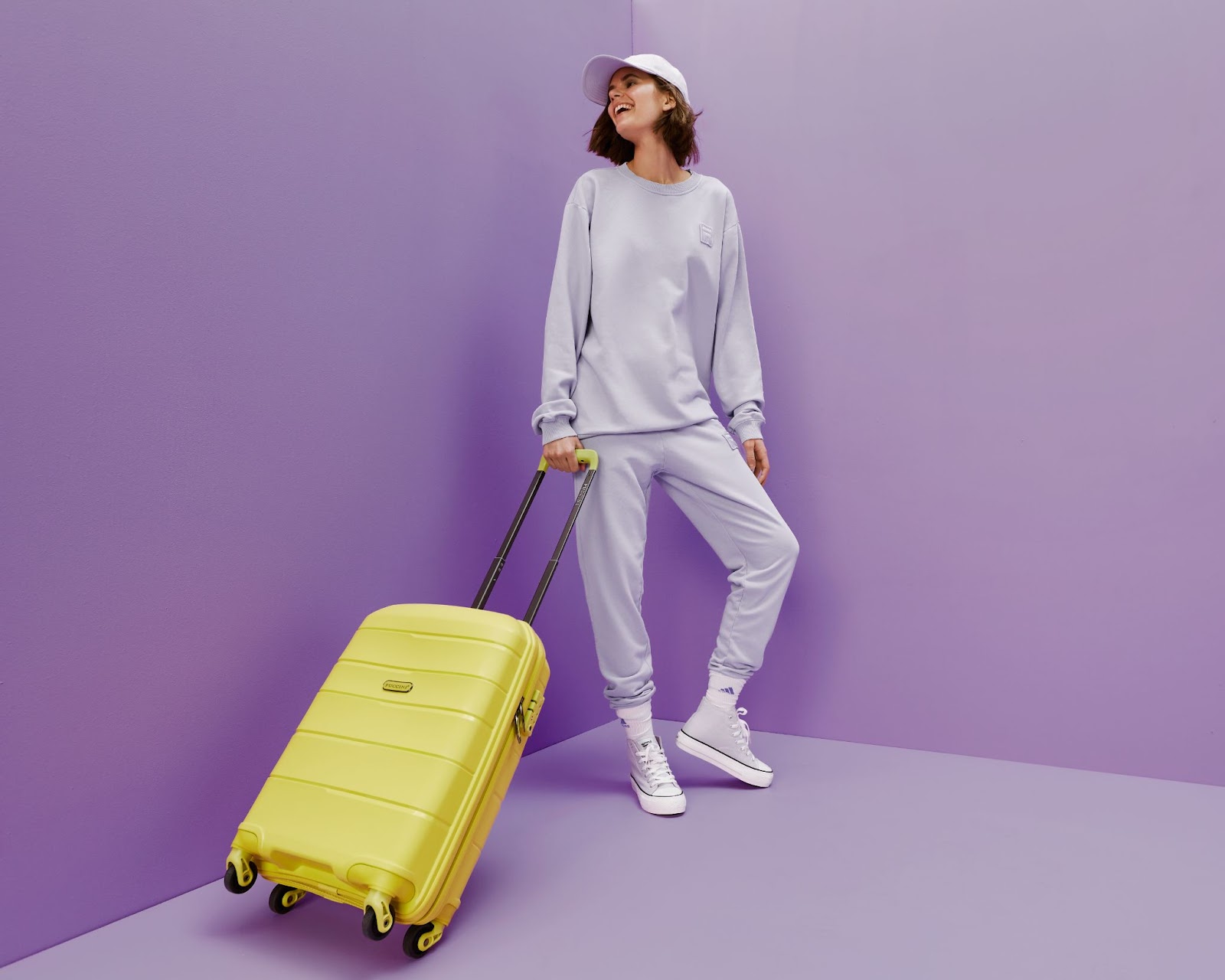Travel is always a little adventure, but comfort depends on many factors. One of them is the right suitcase. It must be convenient, meet your needs, and comply with airline regulations. The modern market offers hundreds of options, so it’s easy to get overwhelmed. That’s why we’ve prepared a detailed guide to help you choose the best suitcase for any trip — as noted by the Baltimore Chronicle.
Main Types of Suitcases: Soft, Hard, and Hybrid
There are three main types of suitcases based on the material of the body: soft, hard, and hybrid.
Soft Suitcases
Soft suitcases are made of fabric or nylon. They are flexible, lighter in weight, and often come with external pockets.
- Advantages: more flexibility in packing, extra pockets, lighter weight
- Disadvantages: less protection against impact and moisture
Hard Suitcases
These are plastic or polycarbonate models. They provide better protection for your belongings but are less flexible.
- Advantages: high durability, water resistance, modern appearance
- Disadvantages: heavier, take up more space
Hybrid Models
These suitcases combine a solid frame with soft inserts. It’s a compromise between weight and strength.
- Advantages: versatility, balance between weight and sturdiness
- Disadvantages: higher cost, harder to repair
How to Choose the Right Size Suitcase for Your Trip
The size of your suitcase depends on the length of your trip, mode of transportation, and amount of belongings.
Most Common Sizes:
- Small (S): up to 40 L — for 1–3 days
- Medium (M): 60–70 L — for 4–7 days
- Large (L): 90–100+ L — for over a week
The table below summarizes the sizes:
| Size | Volume (L) | Height (cm) | Trip Duration |
|---|---|---|---|
| Small (S) | 30–45 | 50–55 | 1–3 days |
| Medium (M) | 60–75 | 65–70 | 4–7 days |
| Large (L) | 90–120 | 75–85 | 8+ days |
What to Consider When Choosing a Size
- Airline Restrictions: carry-on standard — up to 55×40×20 cm
- Type of Trip: larger suitcases are acceptable for car or train travel
- Number of People: for families, it’s better to have several medium-sized suitcases
Suitcase Weight: Why It Matters
The lighter your suitcase, the more items you can bring without paying overweight baggage fees.
How to Know the Suitcase Weight
Manufacturers usually list the empty suitcase weight on tags or websites. Typically:
- Small suitcase weighs 2–3 kg
- Medium — 3–4.5 kg
- Large — up to 5–6 kg
Tips:
- Choose lightweight models with aluminum or plastic frames
- Avoid heavy decorations and excessive internal compartments
- Weigh your suitcase before the trip
Wheels, Handles, and Locks: Details That Define Comfort
Wheels: 2 or 4?
- 2 wheels — more stable on uneven surfaces
- 4 wheels (spinner) — better maneuverability in airports
Handles
- A telescopic handle should be comfortable and adjustable to multiple positions
- A side handle makes it easier to lift the suitcase into the trunk
Locks
- It’s best to choose suitcases with TSA locks — for smooth border crossing in the U.S.
- Budget models may have standard combination locks
Extra Features and Functions
Some suitcases offer useful bonuses:
- USB port for charging your phone
- Built-in scales
- Waterproof lining
- Expandable sides for extra volume
Although these features are not essential, they can significantly enhance the user experience.
Brands and Prices: How to Find the Best Option
The price of a suitcase depends on the brand, materials, and features.
Popular Brands:
- Samsonite
- American Tourister
- Delsey
- Roncato
- Xiaomi (for budget options)
Price Ranges:
- Budget: up to 2000 UAH (~$50)
- Mid-range: 2000–5000 UAH (~$50–130)
- Premium: 5000+ UAH (~$130+)
You don’t need to buy the most expensive one — it’s more important to find a balance between quality and cost.
Key Tips for Choosing a Suitcase
- Determine the purpose and duration of your trip
- Choose the appropriate size
- Check the empty weight of the suitcase
- Inspect the quality of wheels and handles
- Consider airline policies
- Check warranty and return options
Choosing the right suitcase means ensuring a comfortable and safe trip. There’s no one-size-fits-all solution: someone might prefer a light soft suitcase for short journeys, while others choose a large hard case for long-term travel. Carefully weigh all the characteristics, and no trip will be stressful because of your luggage.
Earlier we wrote about what to pack in a travel first aid kit.

